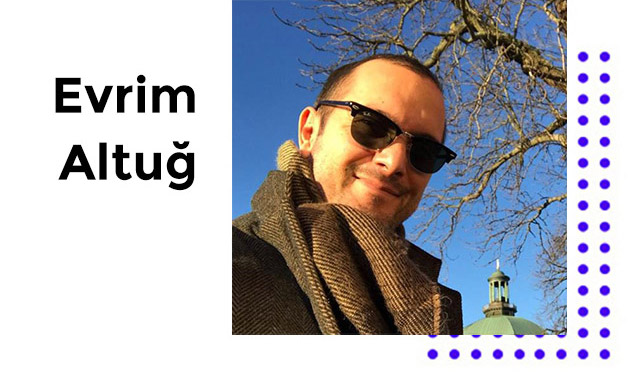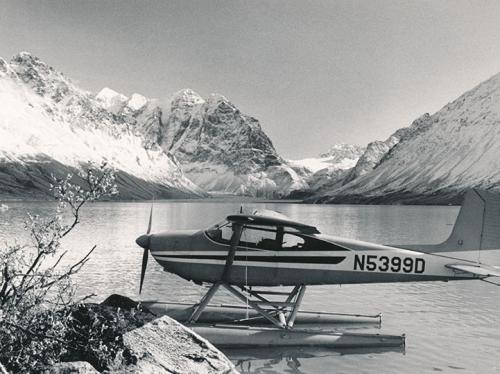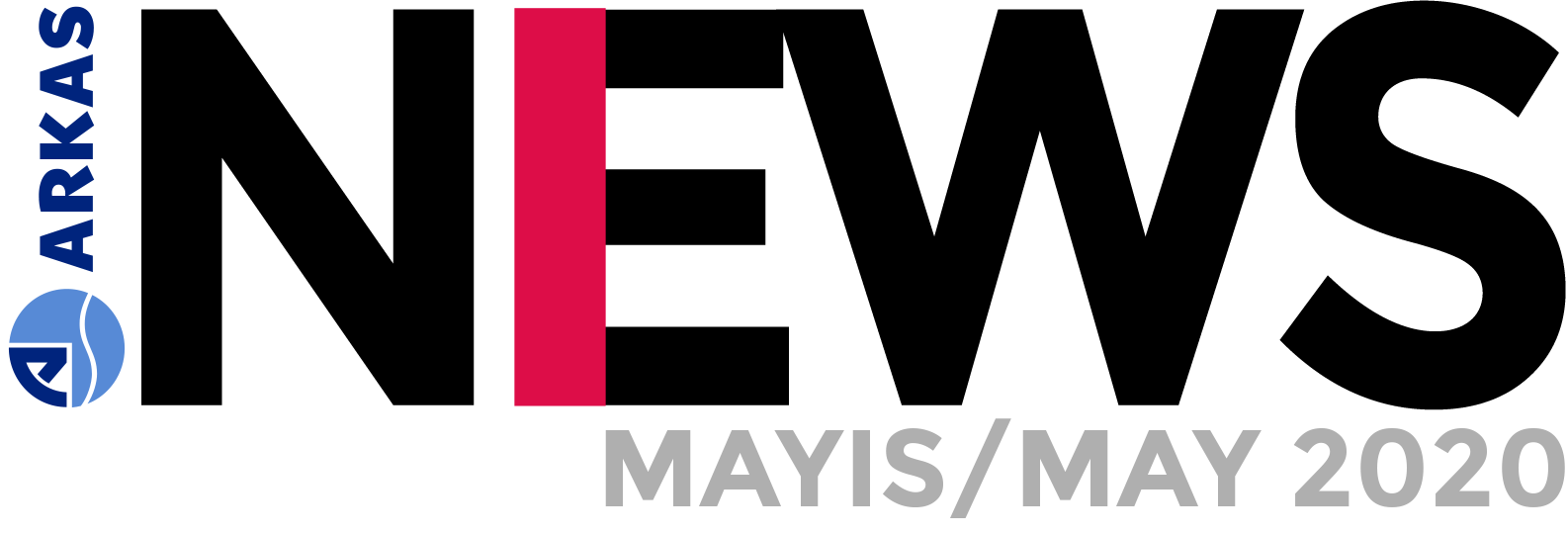
Nowadays, when the coronavirus confines us to our domestic spaces, the world of culture and art invites us into an unlimited universe of information with national and transnational road maps. And children have not been left out.
The epidemic of the corona virus (Covid-19), which spread from Wuhan, China, to the world in the first weeks of 2020, causing tens of thousands of deaths and more than two million cases worldwide, threw new challenges (and solutions) for the world of culture and art.
While there are people and institutions that approach the issue with professional foresight and cool-headedness, social media saw a plethora of comments made on the topic to boost morale, foster solidarity, in the name of collective creativity etc. and they are still being made.
The Museums Association, founded in England in 1889, has for some time been broadcasting its own perspective on the events. Via the “Culture in Quarantine” programme, the initiative supported by the British national and global media organisation BBC has brought together some 1500 museums, around 250 industry representatives and some 10,000 members worldwide.
A statement in early April puts the initiative’s “ethical principles” back on the agenda. Many cultural and artistic initiatives around the world are leading the way in activities that promote and prioritise public interest. They range from electronic learning sets to virtual exhibition tours, in order to act transparently and collectively in the face of new conditions brought on by the Covid-19 pandemic.
Following suit, museums and collections are making their collections digitally available. They make different programs to educate and entertain children. In this context (https://www.bl.uk), respected organisations such as the British Library (https://www.bl.uk ) and the Royal Academy make their resources available to virtual platforms; offering various alternatives for new generations and families under quarantine to make their lives more diverse and productive. For example, the British Library allows learners to explore in detail some of the rare geographic globes in its collection using digital technology.
MCN (https://www.mcn.edu ), is one of the pioneering organizations in this regard, founded long before the epidemic to help museums around the world keep up with digital transformation. MCN (Museums Computer Network), founded to create a network of museums between museums, was launched in 1967 with contributions from the New York Art Council to make the content and strategies of cultural and artistic institutions across the country united and productive. In this context, MCN has released an excellent digital source, essentially an assortment of virtual exhibition tours, culture and art portals, culture and science content for children.
In line with new emotional and social requirements caused by the pandemic, museums and cultural institutions have foregrounded eight types of digital content: “Peace”, “Humour”, digital “Escape” routes to help people escape the mundane reality; instant and social “Sharing” made possible by technology; “Creativity” and “Education” to promote children’s academic interest and skills as well as “Solidarity” and “Cooperation”.
And we bring to you a few global resources that made their cultural and artistic, scientific and technological resources freely available:
Global, Digital Archive Sea
Alaska’s Digital Archives (https://vilda.alaska.edu) were created with the efforts of the University of Alaska in the state of Alaska, USA. The content combines historical photos, albums, oral history collections, maps, physical objects and moving images.
Archaeological analytics (https://archaelogical-analytics.com) has comprehensive content that throws light on the material culture of North America. This invaluable resource, which is an accumulation of US and Canadian social memory, keeps a broad social media network bridge open for accessing social media content on American archaeology, a collection catalogue of local cultural objects, and a digital repository contributed by various cultural institutions in the US and Canada.

Art UK ( https://artuk.org ) was founded in 2003, way before the corona virus changed the world agenda. The initiative, previously functioning as a Public Catalogue Foundation, is considered one of the most popular cultural and educational associations in the UK. The foundation has digitized more than 200 thousand works by more than 40 thousand artists.
Arte is an exemplary media institution; providing virtual and real content in the EU. Arte (https://arte.tv) offers content in six languages and promises very extensive content with its own radio channel as well movies, documentary films, concerts, discussions, documentaries and books. Documentaries, over a thousand hours of live broadcasts and dramas and interviews account for 40 percent of the institution’s annual broadcasts.
BioExplora is a museum in Barcelona, Catalonia/Spain, dedicated to biodiversity, its culture and history. It shares its living and lifeless assets in the virtual world with a collection of educational and audiovisual content that highlights biodiversity. Three-dimensional resources are also available on the website.
Creative Commons can be described as a very important cultural, educational and artistic interface that serves with the motto “Everyone wins when we share”. This initiative (https://creativecommons.org is a non-profit US project that offers open education, free online reading, books, scientific research, audio and video archives.
Heritage on The Edge is a global cultural project led by Google. The precarious, future-oriented relationship of global warming and the damage caused by humanity through wars and excessive consumption with the areas on the World Heritage List is the focus of this study. It is well known that Google, with its initiative Google Arts & Culture (https://artsandculture.google.com), offers an excellent service in arts, bringing together 80 countries and more than two thousand museums worldwide. The project (https://artsandculture.google.com) can be accessed through the Google Arts & Culture portal.
DPLA can also be described as a sea of information launched seven years ago in Boston, Massachusetts, USA. This public project (https://dp.la) that stands for US Digital Public Library, was originally launched by Harvard University in 2010. The project, also supported by the Bill and Melinda Gates Foundation, is one of the most practical and efficient ways to reach libraries, museums and virtual resources.
Europeana is another incredible source, again led by the European Union. ( https://europeana.eu ) Around three thousand venues, from the Rijksmuseum in the Netherlands to the Paris Louvre Museum, and the British Museum, are just “one click” away.
MIMO is another very interesting initiative on this list. The project (https://mimo-international.com/MIMO) brings you more than 64 thousand instruments by bringing together musical instrument museums on the internet.
One of the online sources that cannot be ignored promising unlimited cultural and art collections is the Open Culture portal. This project (https://openculture.com) provides hundreds of thousands of materials in an educational and social context on various topics and disciplines. However, one of the interesting aspects of the project are the one hundred and thirteen museum colouring books. They all can be downloaded for free.
Besides culture and art, humanity reaches for space, the universe. In this sense, the image and video library of the US-American NASA (https://www.nasa.gov) is also available for free.
Paris, one of the leading cultural and artistic cities in lockdown due to the pandemic, has been doing very important work in this regard since 8 January. More than 150,000 works of art, collected free of charge from over 100 museums in the city, await at the Paris Museums project (https://www.parismusees.paris.fr ) .
In this global cycle of interaction and isolation, it has merit in it to mention an important portal that contains a major source of references. With around 60,000 free e-books, the Gutenberg project (https://www.gutenberg.org is at your fingertips.
Children, Covid-19 and Education
Hailing from the US, the Children’s Museums Organisation, is a vital source for children, the group affected most by the global pandemic whom we spend a lot of time with and whose mental and physical wellness is a top priority for us all. On this platform, which brings together international children’s museums (https://www.childrensmuseums.org ), health measures for children against the covid-19 pandemic were put into place by many organizations and institutions such as the Association of Members of the American Academy of Pediatrics, National Geographic and the Kennedy Center. Guidebooks for virtual activities offered by children’s museums are also available here on the same address.
On the other hand, “Hands on International” (https://www.hands-on-international.net), offers services in the same field, being a celebrated educational guide first designed and developed in Italy on how the Covid 19 virus spread and how one can protect itself from it. The guide has been translated into seventeen languages, including indeed Turkish.

The same website ( https://www.hands-on-international.net/coronavirus-resources-and-tipps-for-museums/ ) also contains an extraordinary collection of resources, such as comic books that teach children about the virus, alternative virus learning guides, educational kits for children from National Geographic, lessons from Chinese preschool and primary school teachers’ experiences and over 50 home activities for children.




